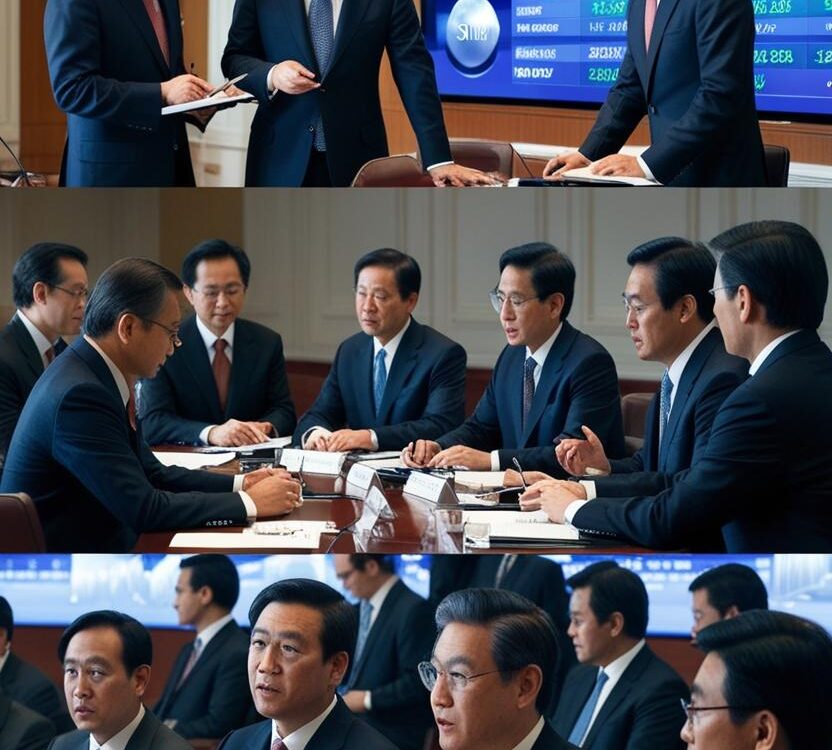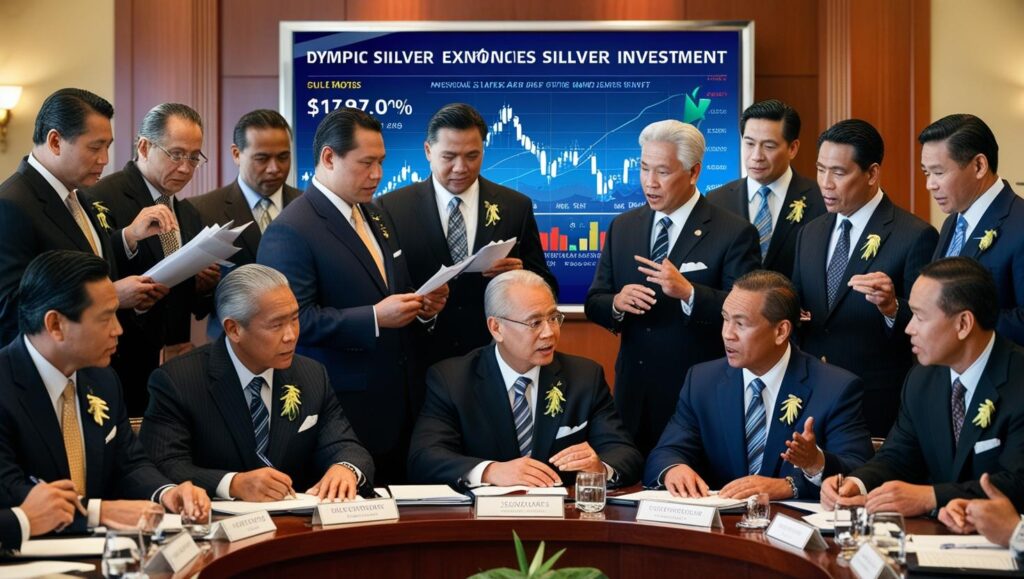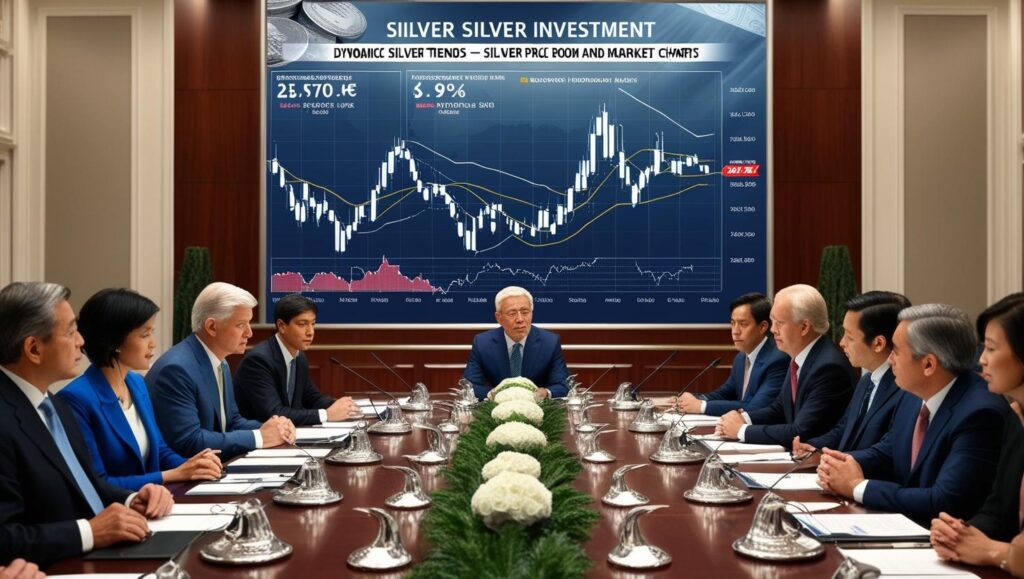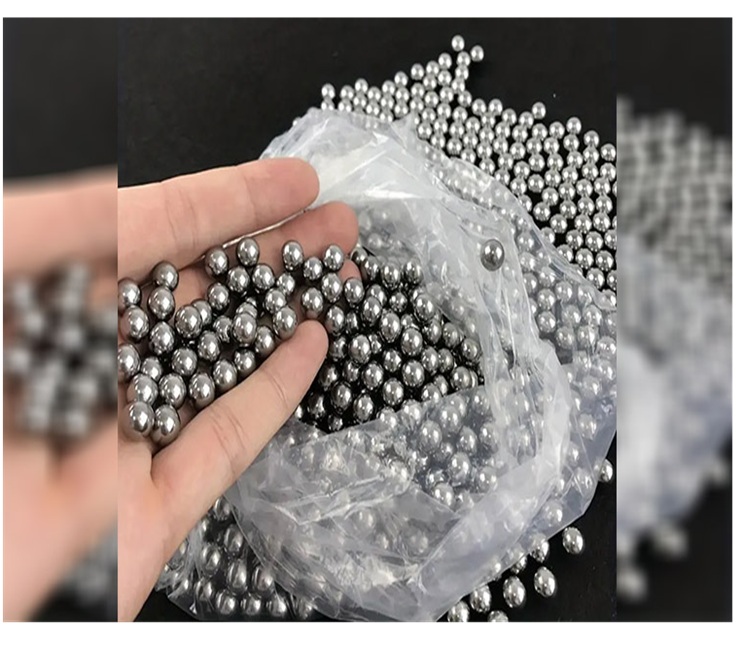سرمایهگذاری در نقره بهعنوان یک دارایی استراتژیک

سرمایهگذاری در نقره بهعنوان یک دارایی استراتژیک
سرمایهگذاری در نقره بهعنوان یک دارایی استراتژیک
نویسنده: تیم مشاوره اقتصاد کلان – موسسه آکسفورد
در سالهای اخیر، سرمایهگذاران نهادی به دنبال تنوعبخشی به سبد داراییهای خود، بخش قابلتوجهی از سرمایههای خود را از سهام و اوراق قرضه به داراییهای غیرسنتی مانند طلا و سایر کالاها منتقل کردهاند. در این میان، نقره اغلب در مقایسه با طلا نادیده گرفته میشود، اما تحقیقات ما نشان میدهد که این فلز ارزشمند دارای ویژگیهای بازدهی متمایزی است که میتواند نقش مهمی در یک سبد سرمایهگذاری ایفا کند.

چرا نقره یک سرمایهگذاری جذاب است؟
۱. حفاظت در برابر تورم و بیثباتی اقتصادی
نقره، مانند طلا، یک دارایی امن در برابر تورم، کاهش ارزش ارزها و بیثباتی سیستمهای مالی محسوب میشود. در دورههای بحران اقتصادی و تنشهای ژئوپلیتیکی، این فلز گرانبها عملکرد بهتری نسبت به بسیاری از داراییهای دیگر دارد و میتواند به حفظ ارزش داراییهای سرمایهگذاران کمک کند【937】.
۲. نقش نقره در صنعت و تقاضای رو به رشد آن
برخلاف طلا که بیشتر یک دارایی ذخیرهای است، نقره دارای کاربردهای صنعتی گستردهای در صنایع الکترونیک، انرژیهای تجدیدپذیر و پزشکی است. افزایش استفاده از نقره در فناوریهای جدید، بهویژه در تولید پنلهای خورشیدی و باتریهای الکتریکی، باعث افزایش تقاضای جهانی برای این فلز خواهد شد. در نتیجه، انتظار میرود که نقره علاوه بر یک ذخیره ارزش، بهعنوان یک کالای صنعتی مهم نیز مورد توجه قرار گیرد【938】.
۳. متفاوت بودن نقره از طلا و نقش آن در تنوع سبد داراییها
بر خلاف تصور عمومی، نقره و طلا عملکرد یکسانی در بازارهای مالی ندارند. نوسانات قیمتی نقره به دلیل استفاده صنعتی آن، متفاوت از طلا است و همین امر باعث میشود که این فلز بتواند بهعنوان یک ابزار تنوعبخشی در سبدهای سرمایهگذاری نقش ایفا کند. تحقیقات ما نشان داده است که یک پرتفوی سرمایهگذاری بهینه باید شامل ۴ تا ۶ درصد نقره باشد، که این مقدار بهطور قابلتوجهی بیشتر از میزان نگهداری فعلی نقره توسط سرمایهگذاران نهادی و فردی است【938】.
چالشها و ملاحظات سرمایهگذاری در نقره
• نوسانات قیمتی بالا: قیمت نقره نسبت به طلا نوسانات بیشتری دارد که میتواند منجر به سودهای بزرگ یا ضررهای قابلتوجه شود. بنابراین، سرمایهگذاران باید استراتژیهای مدیریت ریسک را در نظر بگیرند.
• مشکلات نگهداری و ذخیرهسازی: اگرچه نقره نسبت به طلا ارزانتر است، اما حجم بیشتری دارد و نگهداری مقادیر زیاد آن نیازمند فضای مناسب و هزینههای اضافی است.

نتیجهگیری
نقره به دلیل ویژگیهای منحصربهفرد خود، گزینهای جذاب برای سرمایهگذاران بلندمدت محسوب میشود. این فلز ارزشمند میتواند بهعنوان یک پوشش ریسک در برابر تورم و بحرانهای اقتصادی عمل کند، در عین حال تقاضای صنعتی آن نیز رو به افزایش است. تحقیقات نشان میدهد که افزودن نقره به سبد داراییها میتواند بازدهی تعدیلشده بر اساس ریسک را بهبود بخشد و از سرمایهگذاران در برابر نوسانات اقتصادی محافظت کند

Silver Investment as a Strategic Asset
Silver Investment as a Strategic Asset
Author: Macroeconomic Advisory Team – Oxford Institute
In recent years, institutional investors seeking to diversify their portfolios have shifted a significant portion of their assets from stocks and bonds to alternative assets such as gold and other commodities. Among these, silver is often overlooked compared to gold. However, our research indicates that this precious metal possesses unique return characteristics that can play a crucial role in an investment portfolio.
Why is Silver an Attractive Investment?
- Protection Against Inflation and Economic Instability
Like gold, silver is considered a safe-haven asset against inflation, currency devaluation, and financial system instability. During economic crises and geopolitical tensions, this precious metal has historically outperformed many other assets, helping investors preserve the value of their holdings【937】.
- Silver’s Industrial Role and Rising Demand
Unlike gold, which is primarily a store of value, silver has extensive industrial applications in electronics, renewable energy, and medical fields. The increasing use of silver in emerging technologies—particularly in the production of solar panels and electric batteries—is driving global demand. As a result, silver is expected to be recognized not only as a store of value but also as a crucial industrial commodity【938】.
- Silver vs. Gold: A Key Asset for Portfolio Diversification
Contrary to popular belief, silver and gold do not perform identically in financial markets. Due to its industrial usage, silver’s price fluctuations differ from gold, making it an effective diversification tool in investment portfolios. Our research suggests that an optimal investment portfolio should include 4% to 6% silver, significantly higher than the current holdings among institutional and individual investors【938】.
Challenges and Considerations in Silver Investment
• High Price Volatility: Silver prices exhibit greater volatility compared to gold, leading to potentially high returns but also significant losses. Investors must employ proper risk management strategies.
• Storage and Holding Costs: While silver is more affordable than gold, its larger volume makes storage more complex and costly, requiring appropriate facilities.
Conclusion
Due to its unique characteristics, silver is an attractive option for long-term investors. This valuable metal serves as a hedge against inflation and economic downturns while benefiting from increasing industrial demand. Research indicates that adding silver to investment portfolios can enhance risk-adjusted returns and protect investors from economic fluctuations【937】【938】.



آخرین دیدگاهها